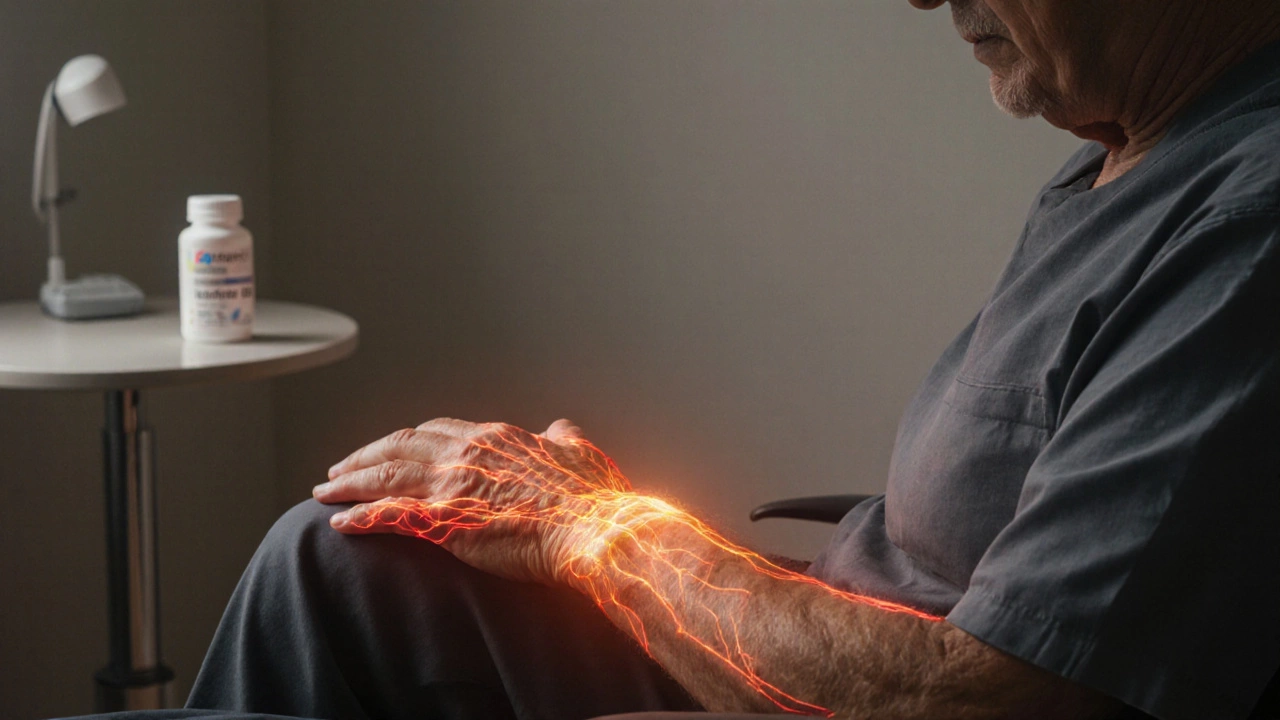Neuropathic Pain Treatment – How Massage Can Help
If you’ve ever felt a sharp, burning or electric shock in your hands, feet or back, you’re probably dealing with neuropathic pain. It’s the kind of pain that doesn’t come from a muscle strain or a bruise but from damaged nerves. Traditional painkillers often miss the mark, leaving you searching for real relief. That’s where therapeutic massage steps in.
Why Nerve Pain Feels Different
Unlike a sore muscle, nerve pain comes from misfiring signals in the nervous system. The brain gets confused and thinks a tiny touch is a big injury. Because of that, the pain can swing from a mild tingling to a full‑blown burn. It also tends to stick around longer and can get worse with stress, cold, or even sitting still for too long.
Understanding this helps you pick treatments that actually calm the nerves instead of just masking the symptoms. Massage works by improving blood flow, releasing tension, and sending soothing signals that can reset the way nerves communicate with the brain.
Massage Techniques That Target Neuropathic Pain
Not every massage works the same for nerve pain. Here are the three approaches most therapists use for neuropathic relief:
- Myofascial Release: Gentle pressure slides along the connective tissue, loosening tight spots that press on nerves. It feels like a slow stretch and often reduces the burning feeling.
- Trigger Point Therapy: The therapist finds tiny knots that irritate nearby nerves and applies focused pressure for a few seconds. It can shut down that electric‑shock sensation in minutes.
- Swedish Massage with Light Stretching: A softer, rhythmic massage boosts circulation without overstimulating sensitive nerves. The added stretches keep joints moving and reduce stiffness that can worsen nerve pain.
When you book a session, tell the therapist that you’re dealing with neuropathic pain. A qualified therapist will adjust pressure and avoid any techniques that could aggravate the nerves.
Most people notice a calmer feeling after just one or two sessions. Consistency is key: weekly or bi‑weekly appointments give your nerves time to heal and your body a chance to rebuild healthier patterns.
While massage is powerful, it works best alongside other steps. Keep a daily routine of gentle stretching, stay active, and watch your diet for foods that reduce inflammation. If you’re on medication, ask your doctor how massage might fit into your overall plan.
Bottom line: neuropathic pain doesn’t have to own your life. A targeted massage program can lower the intensity of nerve signals, improve mobility, and give you back the comfort you deserve. Ready to try it? Book a session with a therapist who knows how to treat nerve pain and start feeling the difference today.

Top Pain Relievers for Nerve Pain: What Works Best?
Discover the most potent treatments for nerve pain, from gabapentin and pregabalin to spinal cord stimulation, and learn how to combine them for maximum relief.
Categories: Chronic Pain Treatment
0

What Is Prescribed for Chronic Pain? UK 2025 Guide to Safe, Evidence‑Backed Treatments
Clear, UK‑focused 2025 guide to what doctors actually prescribe for chronic pain, when each option fits, and how to build a safer, effective plan with your GP.
Categories: Chronic Pain Treatment
0
